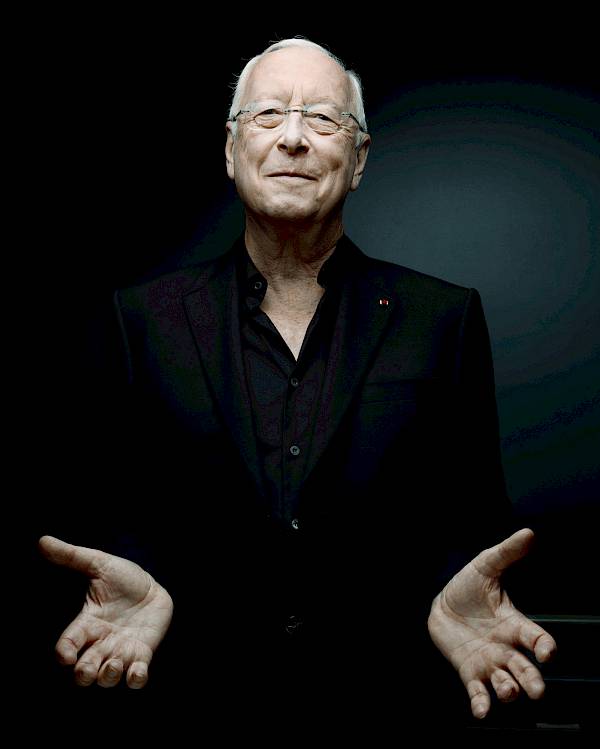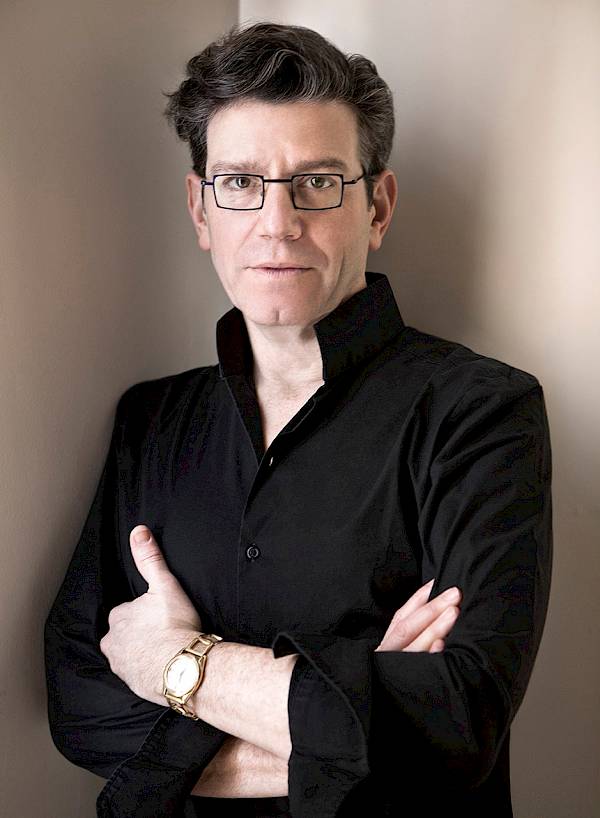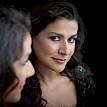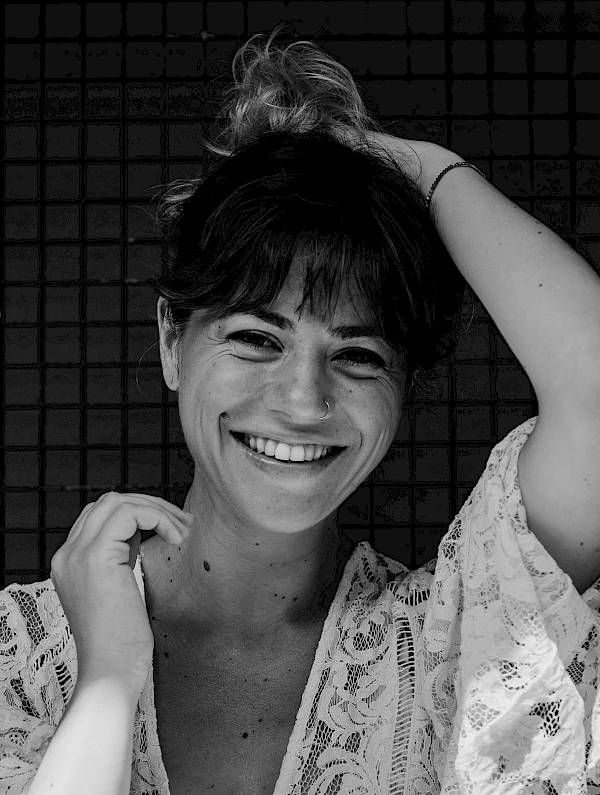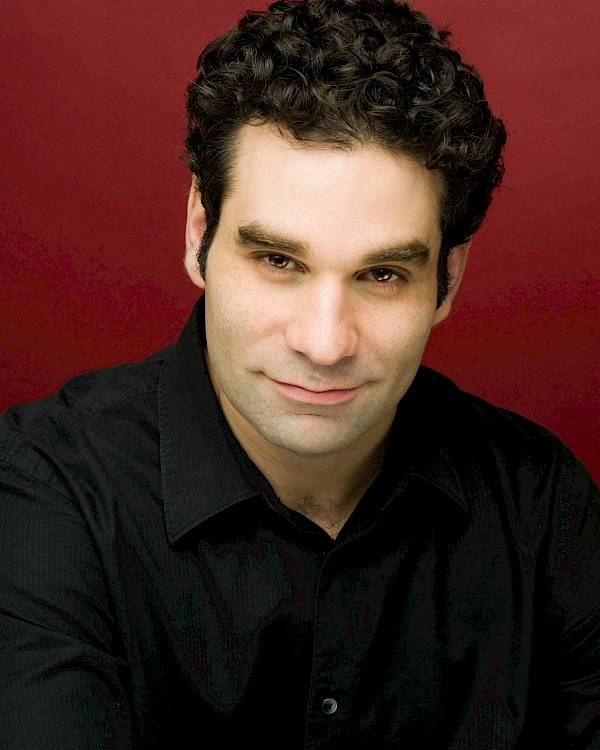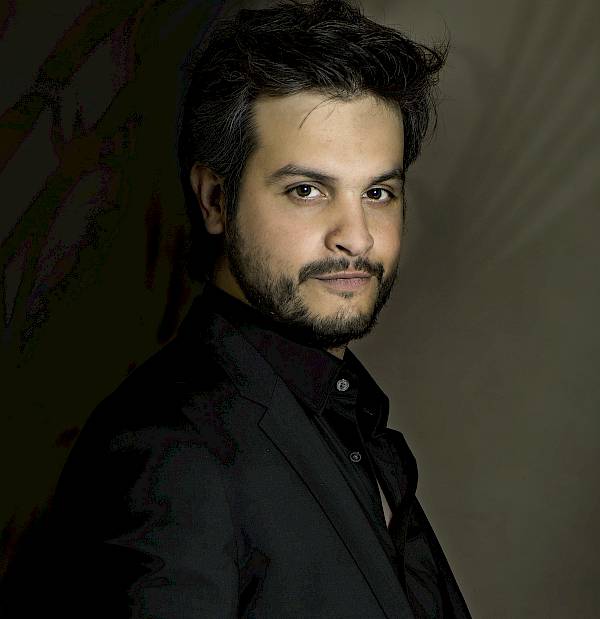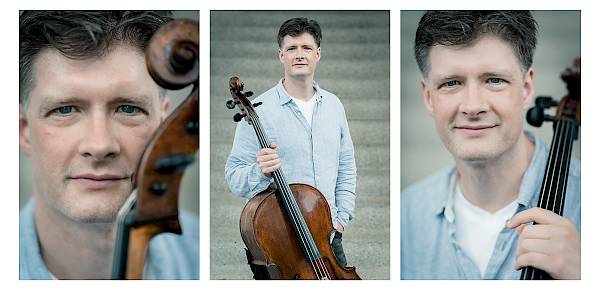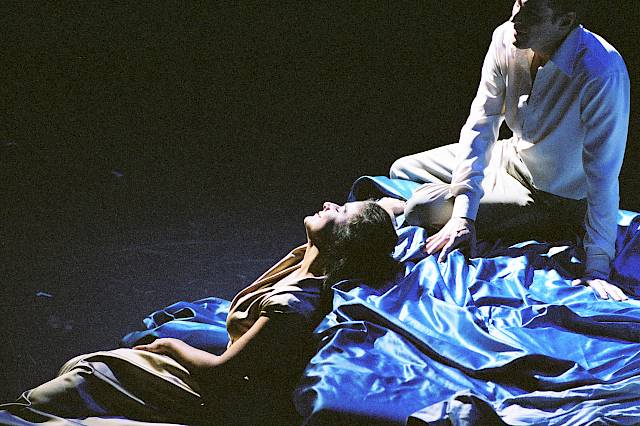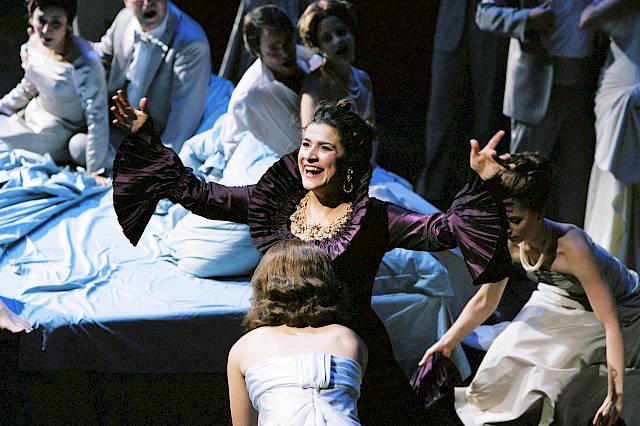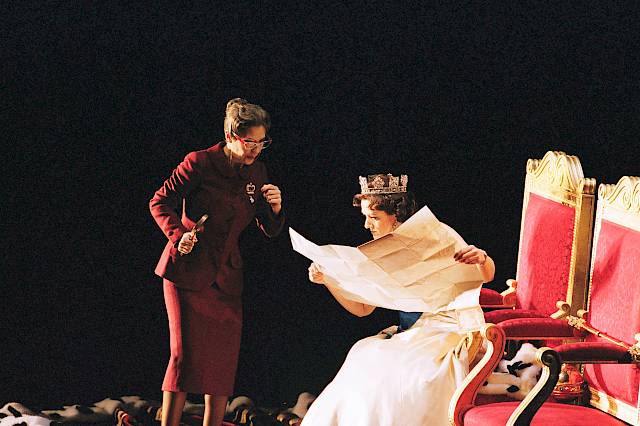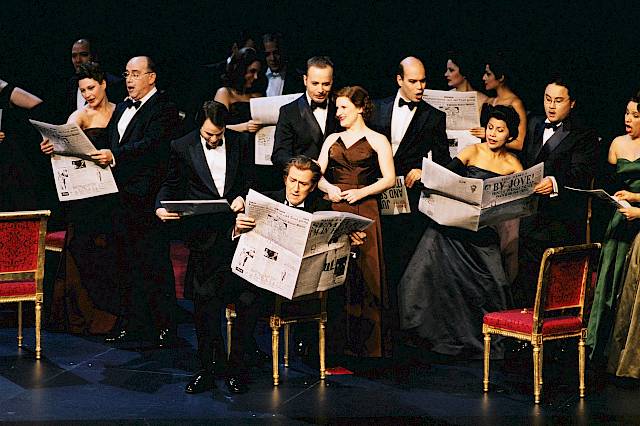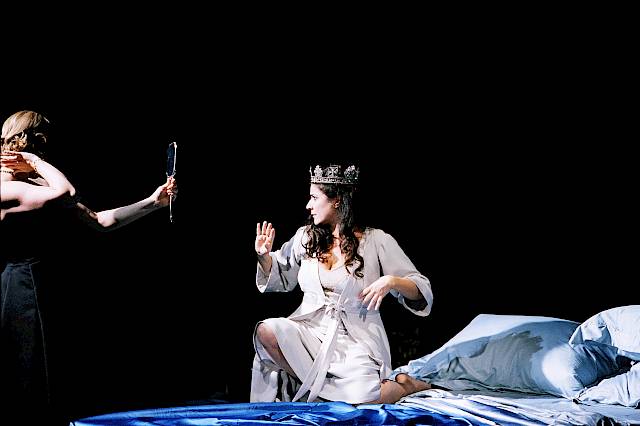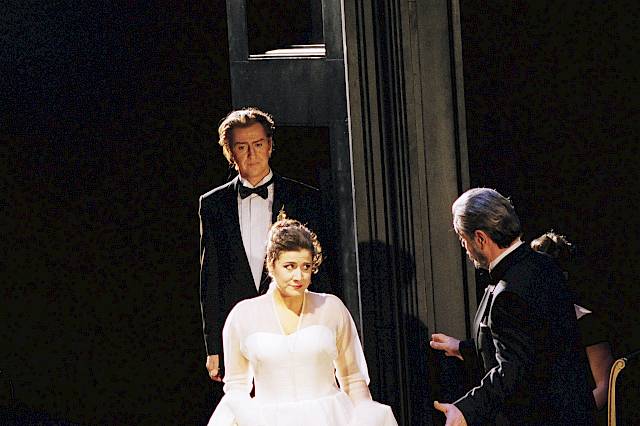Abstract
For the Lent season of 1744, Georg Friedrich Handel announced that he would stage an oratorio in London – and presented what is basically an opera: Semele is about erotic upheaval between gods and mankind. Princess Semele has a liaison with the god Jupiter and becomes so megalomaniacal as a result that she desires to be immortal like him. Jupiter’s jealous and deeply aggrieved wife Juno engineers an intrigue that eventually brings about Semele’s death. She perishes horribly, scorched by the lightning bolts of the gods.
Despite the expressive arias and splendid choruses typical of oratorios, Handel’s contemporaries initially turned up their noses at Semele’s juicily erotic and certainly comical subject matter, which was considered entirely inappropriate for an oratorio. However, this opinion soon changed. Today, Semele is one of Handel’s most popular works worldwide. While his librettist William Congreve intended to lampoon the inordinate influence of royal mistresses during the Restoration period, director Robert Carsen transports the court life of Handel’s day to our own time, tracing an arc to the very recent British past with inventiveness, imagination and subtle humour.
Sensuous, complex and psychologically sophisticated, Semele is one of Handel’s finest female figures – a classic role for Cecilia Bartoli. She is supported by the Canadian tenor Frédéric Antoun and the Serbian mezzo-soprano Katarina Bradić. As at the première, William Christie, one of the great baroque specialists of our time, will be at the rostrum of the Orchestra La Scintilla. Cecilia Bartoli will celebrate her 30th stage anniversary with a gala performance of Semele at Zurich Opera House (6 January) and a concert with the Orchestra La Scintilla (10 January).


